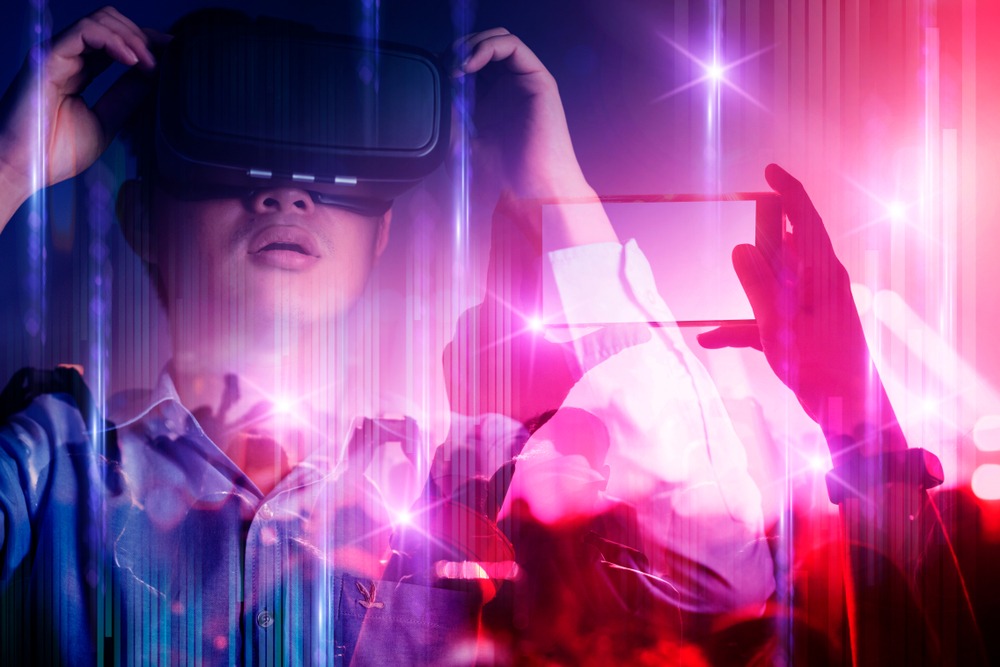How emerging AI and other technology will boost event humanity by putting attendee needs at the center of conference design
Attendees expect more from events today and emerging technology is helping to deliver on those demands. We sat down with the Maritz team to ask what top event technology trends they see for 2024 and how they will fundamentally change the meeting professional’s job. Yes, Generative AI is at the top of the list, but some of the use cases may surprise you. “It’s really a transformational year in terms of how we’re moving and growing,” said Amy Kramer, market and product innovation leader with Maritz.
1. Generative AI Event Content
The generative AI being developed today will do more than take tasks such as creating marketing emails, agendas and registration websites off meeting professional plates so they can do more valuable things. It will also be interactive. Kramer shared some highlights. Attendees will interact with generative AI to ask, “What’s the best use of my time if I want to do A, B and C?” It will automatically plan their agenda and get them booked on a flight and with a hotel that will meet their specific needs.
Intuitive devices could also help capture and extend the usefulness of content streams when humans feel overwhelmed by the deluge of information coming at them day after day. After an eight-hour session, a chat service can record and summarize the main points of a presentation in a handy event recap. It can turn that conversation into a training module and create blog and social media posts.
“We need to build that technology into our events to give them flexibility. It’s a new language of how you talk to technology that has to be embedded in event design,” she said.
The result could be more experimentation. Aaron Dorsey, vice president of product management, information security and privacy at Maritz explained, “When we free up people’s time, that’s when they can be more creative to think about guest needs and making sure the experience is connecting. It opens up so many other previously considered nice-to-have doors.”
2. Metaverse and Digital Event Experiences
After the pandemic, attendee needs changed dramatically, according to Kramer. Shifting generations are looking for immersive experiences like the digital worlds they see in video games with alternate realities and metaverse scenarios to explore. “Kids coming into the workforce now have grown up using virtual reality tools and have an expectation that the world is going to shift how they engage at events, how they engage with other people and how they do their jobs every day.”
Read More: The Metaverse & Meeting Planning
3. Immersive Event Experiences
“Overall design has evolved,” said Sarah Kiefer, vice president of brand for Maritz. She pointed to the multisensory elements at IMEX Las Vegas this year where audio-visual technology was used to create a sense of place using color, music and even scents. “We need to use different types of approaches to have different impacts,” she said.
Read More: Elevating Event Experiences
4. Event Data Accountability
Measuring the value of events for the C-suite, the community or to explain what we do to our families, will require new key metrics. “The return on business objective will be front-and-center in 2024,” said Kramer. If the payoff is more than revenue, then we need to find new defining metrics. Is that Experience? Brand presence? At IMEX 2023, Maritz was measuring the “imprint of presence” and the return on that. “We are showing the impact that Maritz has and creating a model that draws insights from the data,” she said.
Technology may even solve the age-old challenge of getting people to take surveys. Facial analysis can determine what people are reacting to and give sentiment reports that are much more accurate than self-reported feelings.
In addition to the business return on experience, technology can even overlay the impact of the event carbon footprint to consider all costs. “We can measure the impact on our organization, or people but also the impact on the destination and the planet,” said Kramer.
5. Creating Community
Kramer pointed out that the evaluation of meeting impact should not stop at the expo hall door. The ROI often extends throughout the year. Technology can help create a platform for community so attendees can interact with people who weren’t even at the original event. It helps extend the results outside the convention center walls. “We need to use technology to measure that,” she said.
6. Digital Event Security
Meeting professionals have a responsibility to use all this new technology wisely. “We need to protect our client event data with an enterprise model that accesses the power of consumer-based tools such as ChatGPT and Google’s Bard AI tool while restricting client data and learning to use that data strategically,” said Kramer.




